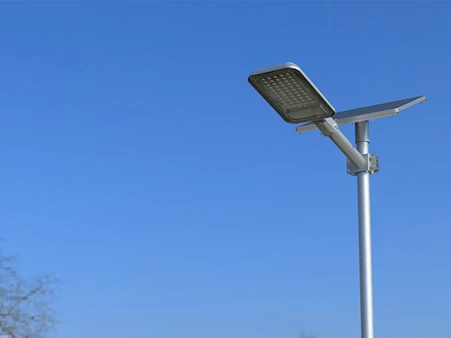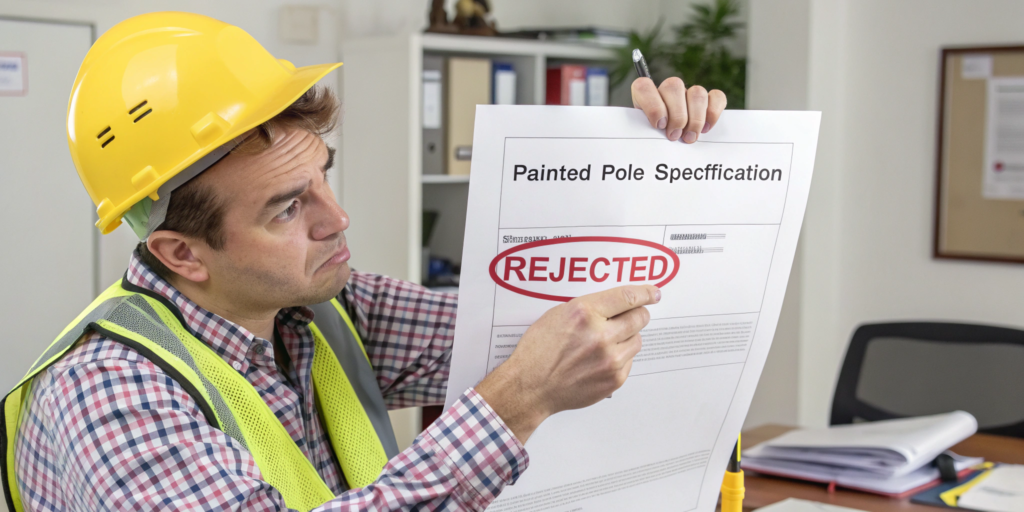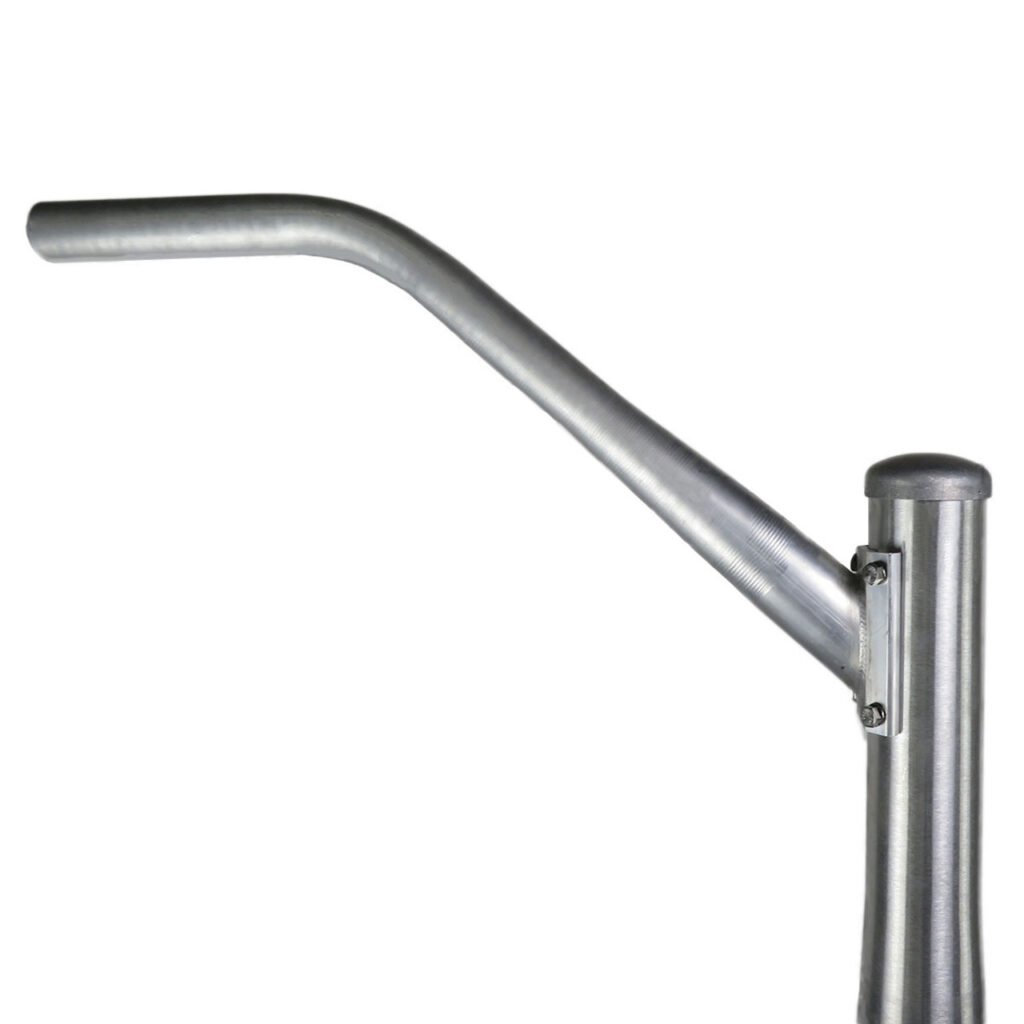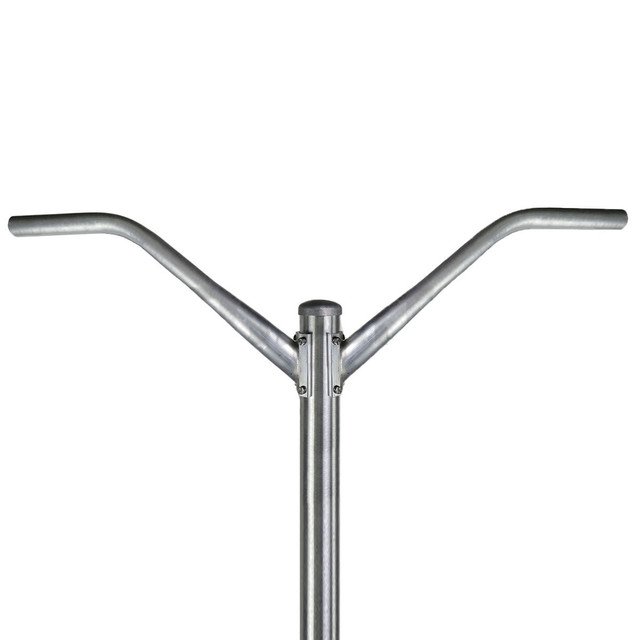Long-distance infrastructure isn’t just a bigger project—it’s a different kind of challenge. Transport costs, terrain barriers, and maintenance headaches stack up fast.
Galvanized steel poles that are lightweight and corrosion-resistant solve the key problems of long-distance projects—cutting costs, simplifying logistics, and ensuring long-term durability.
These poles aren’t just strong. They’re smart. Let me show you why.
Top 5 Requirements for Long-Distance Infrastructure Projects?
Stretching infrastructure over hundreds of kilometers puts new pressure on every decision—from design to delivery.
Long-distance projects require poles that are easy to move, fast to install, and able to survive where maintenance is hard.
What Matters Most in Long-Distance Projects?
Let’s break it down:
- Lightweight transportability – Reduces fuel and freight cost per pole
- Fast installation – Especially where labor or machinery access is limited
- Corrosion resistance – Essential in remote areas with no regular maintenance
- Strong structural performance – Withstands wind, vibration, and loading
- Low total cost of ownership – Less rework, fewer replacements, long lifespan
In areas like East Africa, where roads are uneven and crew capacity is limited, these factors are make-or-break.
Why Galvanized Poles Are the Ideal Fit?

Galvanized steel poles were built for this. Hot-dip galvanization isn't just a coating—it’s a chemical bond that protects the pole for decades.
These poles last up to 50 years in outdoor settings, meeting ISO, ASTM, and EN standards. They require almost no maintenance—even in salt, sand, or tropical humidity.
What Makes Galvanized Poles So Tough?
- Hot-dip process creates a thick zinc layer (≥85 microns)
- Self-healing coating—minor scratches reseal over time
- Uniform finish—protects welds, cuts, and edges
- Tested compliance with ISO 1461, ASTM A123, and EN 40-5
I’ve seen galvanized poles installed 15 years ago in coastal towns in Togo still standing strong. No rust. No repainting. No service calls.
They’re the default choice for national highways, cross-border telecom lines, and utility corridors.
Lightweight Design Means Easier Transport and Faster Install?
Weight matters. Especially when you’re sending poles hundreds of kilometers into remote terrain.
Our galvanized poles use high-strength tubular steel with optimized wall thickness—making them easier to move, lift, and install.
Transport Efficiency
- More poles per truck = fewer shipments
- Lower freight costs = 15–25% budget savings
- No cranes needed in many cases
A wooden or concrete pole that needs a 5-man crew and a crane? That’s not workable 200 km off-grid. Our poles can be lifted by 2–3 workers with basic tools.
Fast Installation
- Pre-drilled and bracket-ready
- Slip-fit or flange base options
- Bolt-down or buried installations
If your crew can carry it, they can install it. That’s the power of lightweight, pre-engineered design.
Corrosion Resistance That Withstands the Elements?

Coastal. Desert. Tropical. Poles have to survive where your maintenance team can’t reach them.
Galvanized poles resist corrosion from salt air, sand abrasion, rain, and even industrial pollution. Paint can’t compete with zinc.
Zinc vs. Paint or Raw Steel
| Environment | Galvanized Pole | Painted/Raw Pole |
|---|---|---|
| Coastal Areas | 30–50 year lifespan | 5–10 years before rust |
| Humid Tropical Zones | No rust, no peeling | Frequent paint flaking |
| Desert Regions | Resists sand abrasion | Coating wears fast |
| Freeze-Thaw Cycles | Stable coating, no crack | Paint chips and peels |
Because zinc bonds with steel, it won’t separate. Even if scratched during transport, the coating continues to protect.
And if you're working in East Africa or any area with 3+ months of wet season? This protection isn't optional—it's survival.
Case Study: How One Rural Lighting Project Cut Costs by 30%
A rural utility company in northern Ghana needed to light a 200-kilometer stretch of highway. They faced problems: difficult terrain, high transport costs, and almost no maintenance access.
They chose our galvanized steel poles—lightweight, modular, corrosion-resistant—and saved over 30% on total project cost.
Here’s How They Did It:
- Used 7m tubular galvanized poles (2.8mm wall)
- Loaded 40 poles per truck, instead of 20
- Installed using 3-man crews without cranes
- Eliminated repainting for 25 years
- Submitted ISO 1461 certification with tender—no revisions
The project was approved faster. Installed faster. And required zero touch-ups in the first 3 years. That’s the kind of story we love to replicate.
Key Specifications to Look For?
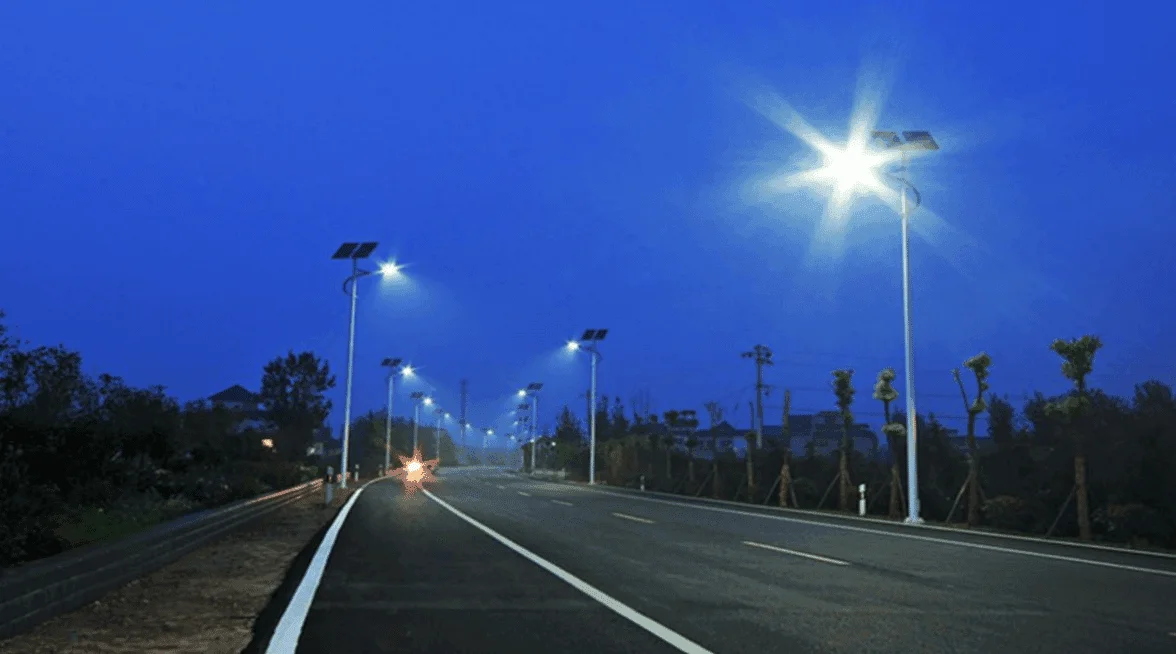
Not all galvanized poles are equal. Here’s what your tender or engineering team should demand:
| Feature | Recommended Standard / Value |
|---|---|
| Galvanization Thickness | ≥85μm (ISO 1461, ASTM A123) |
| Steel Grade | S355 / ASTM A572 Grade 65 |
| Pole Shape | Tubular / Conical |
| Wall Thickness | 2.8mm–6mm (based on height/load) |
| Wind Load Resistance | Up to 160km/h tested |
| Mounting Options | Flange base / slip-fit / buried |
| Foundation Compatibility | Designed per soil data |
| Bracket Compatibility | Arm-ready, pre-drilled or welded |
Make sure you get factory drawings and test reports with your order. We include these with every shipment, customized to your specs.
Expert Tip: Galvanized + Telescopic or Modular Designs?
Want to go even further with less freight cost? Modular poles make it possible.
Telescopic or stackable galvanized pole designs cut transport costs and allow phased deployments in difficult terrain.
Why Use Modular Poles?
- Stackable sections reduce cargo volume
- Lower handling costs
- Simple connections using bolts or internal sleeves
- Perfect for phased rollouts or scattered site installations
We’ve helped clients in Uganda and DR Congo use this strategy to deliver rural electrification projects without needing large storage yards or advance equipment.
How to Implement It
Tell us your transport constraints, and we’ll recommend:
- 2-piece or 3-piece stacking models
- Connection method: bolt flange or insert sleeve
- Bracket/arm compatibility at each segment
You don’t need to compromise design just because your project spans hundreds of kilometers.
Conclusion: Plan Smarter, Go Further
Galvanized steel poles solve the biggest challenges in long-distance infrastructure—transport, corrosion, and maintenance. Their lightweight design and long life make them a smarter choice that pays off over time.

Request a Free Long-Distance Project Pole Pack
We’ve built poles for projects across Africa, Asia, and Latin America. If you’re planning a long-distance rollout, let us help.
Request your Long-Distance Pole Spec Kit
Includes: CAD drawings, material certifications, and freight-optimized options.
Let’s simplify your project—one pole at a time.



